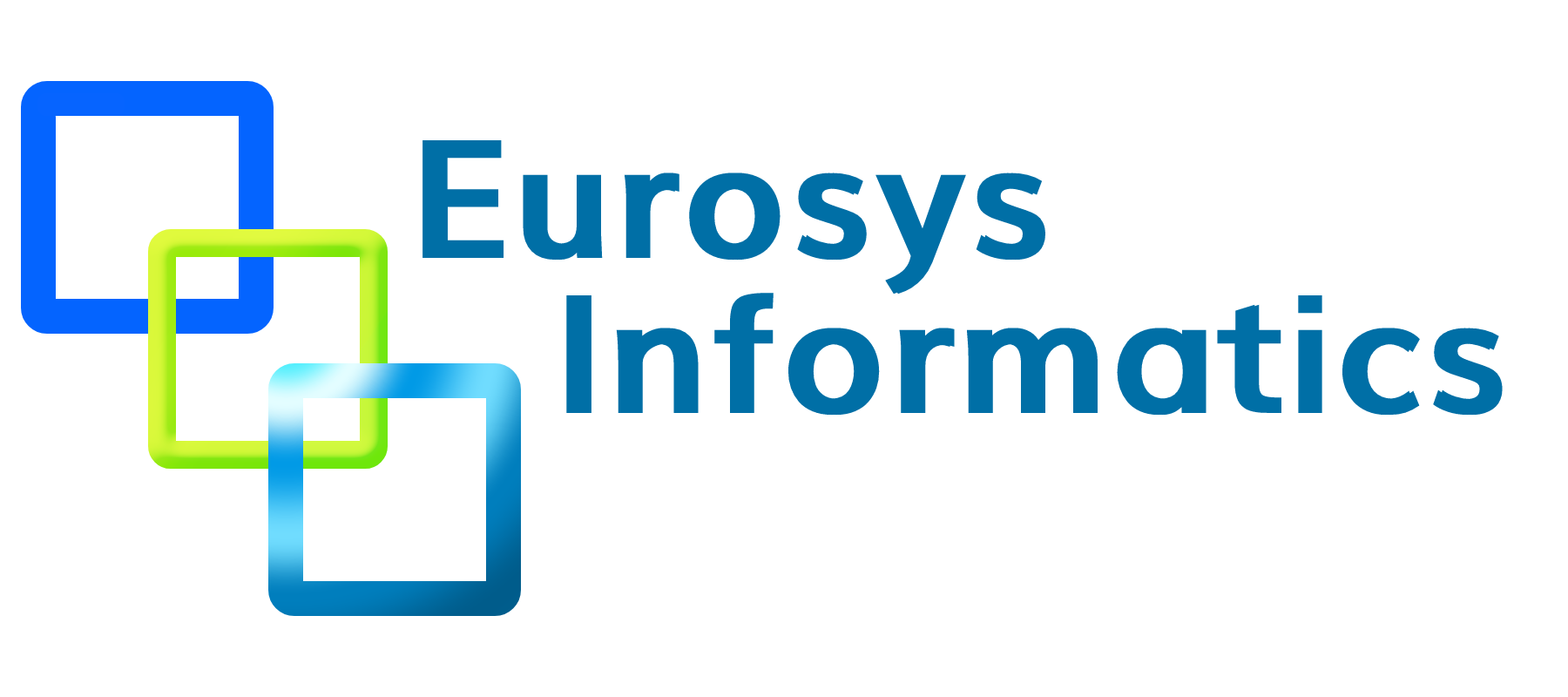Machine Learning
Machine learning (ML) is defined as a discipline of artificial intelligence (AI) that provides machines the ability to
automatically learn from data and past experiences to identify
patterns and make predictions with minimal human intervention.
Machine Learning is concerned with the development of
algorithms which allow a computer to learn from the data and past
experiences on their own.
Machine Learning comes into the picture when problems cannot be
solved using typical approaches. ML algorithms combined with
new computing technologies promote scalability and improve
efficiency. For Machine Learning projects we have recently collaborated with a reputed Indian University.

How does machine learning work?

Machine learning algorithms are modelled on a training dataset to create a model. As new input data is introduced to the trained ML algorithm, it uses the developed model to make a prediction. Further, the prediction is checked for accuracy. Based on its accuracy, the ML algorithm is either deployed or trained repeatedly with an augmented training dataset until the desired accuracy is achieved.
Classification
Supervised machine learning
This type of ML involves supervision, where machines are trained
on labeled datasets and enabled to predict outputs based on the
provided training. The labeled dataset specifies that some input
and output parameters are already mapped. Hence, the machine is
trained with the input and corresponding output. A device is made
to predict the outcome using the test dataset in subsequent phases.
Supervised
machine learning is further classified into two broad categories:
Classification: These refer to algorithms that address
classification problems where the output variable is
categorical; for example, yes or no, true or false, male or
female, etc.
Regression: Regression algorithms handle regression
problems where input and output variables have a linear
relationship. These are known to predict continuous
output variables.
Unsupervised machine learning
Unsupervised learning refers to a learning technique that’s devoid
of supervision. Here, the machine is trained using an unlabeled
dataset and is enabled to predict the output without any
supervision. An unsupervised learning algorithm aims to group the
unsorted dataset based on the input’s similarities, differences, and
patterns.
Unsupervised machine learning is further classified into two types:
Clustering: The clustering technique refers to grouping
objects into clusters based on parameters such as
similarities or differences between objects.
Association: Association learning refers to identifying
typical relations between the variables of a large dataset.
It determines the dependency of various data items and
maps associated variables. Typical applications include
web usage mining and market data analysis.
Semi-supervised learning
Semi-supervised learning comprises characteristics of both supervised and unsupervised machine learning. It uses the combination of labeled and unlabeled datasets to train its algorithms. Using both types of datasets, semi-supervised learning overcomes the drawbacks of the options mentioned above.
Reinforcement learning
Reinforcement learning is a feedback-based process. Here, the AI component automatically takes stock of its surroundings by the hit & trial method, takes action, learns from experiences, and improves performance.
We aim to provide you software consultation to help you realize your software and business goals.
Book a session with us to know more!



















